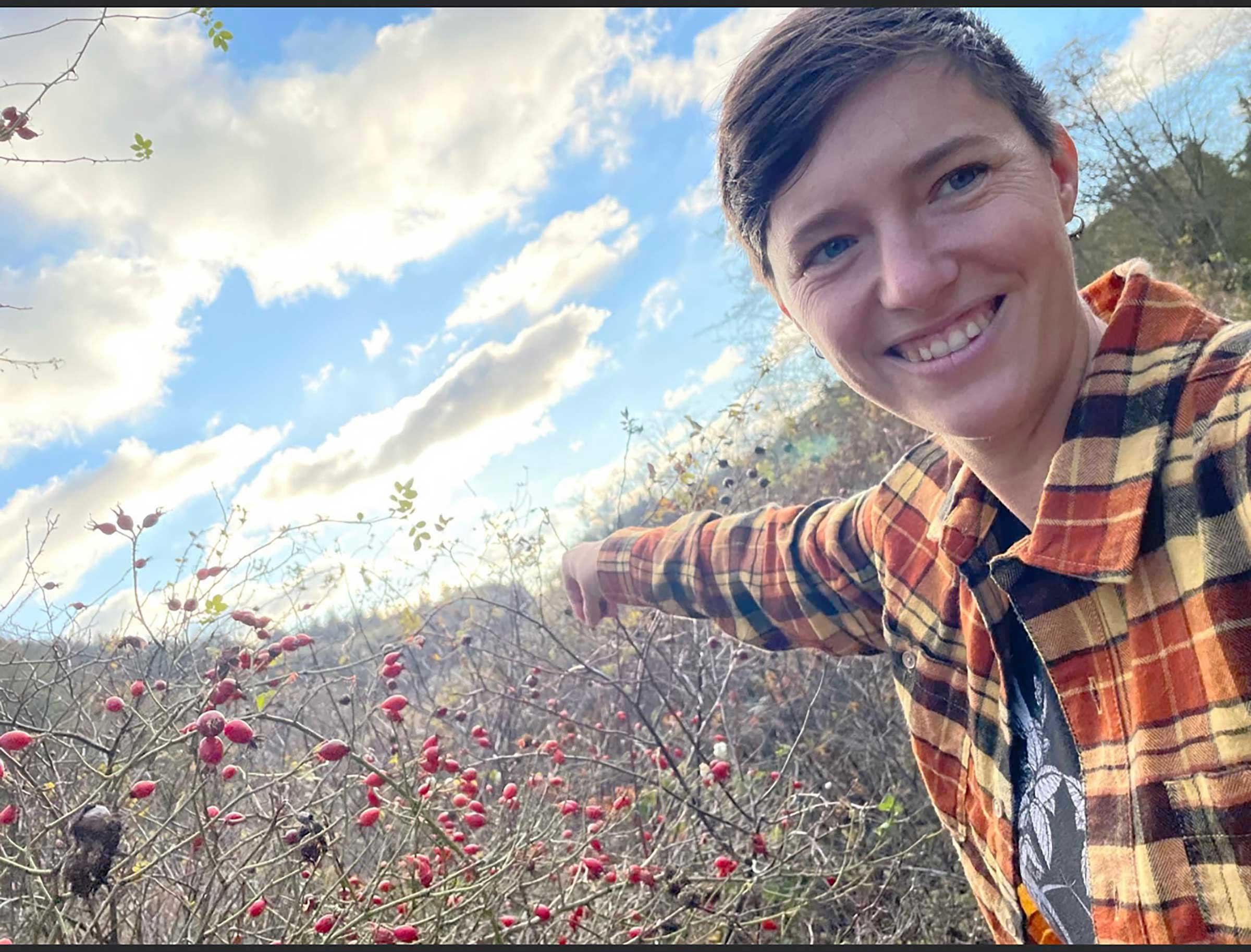Shepherding Life: The Surreal Nature of Lambing Season

by Gowan Batist
People who frequently use the phrase “it’s always darkest before the dawn” probably sleep in. It’s not darkest before dawn at all. Daylight slowly seeps in around the edges of the core of the night like a melting ice cube, sliding gradually across the sky propelled by its own liquefaction. The process of lightening, here on the foggy coast, is so subtle it’s not always discernible as a singular event. Morning comes like a drawing back of layer after layer of sheer scarves that reveal the form beneath so slowly, and distract and beguile with each movement so completely, that the moment of gazing on the naked day is anticlimactic. There is always a belated clicking off of your headlamp a while after you’ve stopped using it.
What it is, is coldest before the dawn. Even as the black turns to blue and the edges of trees begin to pull themselves free of their backdrop, a deep chill settles into the brightening land. Like the last slow icy breath night takes before relaxing back into the hollows of trees and holes of shrews until the sun sets again.
This deep exhalation of cold is where we enter this morning’s story. I was walking tightly, with my shoulders up and my hands deep in my pockets, along the blue strip of road, watching the trees emerge from the uniform dark and feeling the night’s final breath on my face. As I approached the barn, no dogs were waiting for me at the gate, which means someone was lambing.
I had been worried about the small Moorit ewe, #21-847. I never breed yearlings, and she was so small. It is industry standard to breed on the first heat, but I have never endorsed that. Animals bred young usually never fully express their potential weight and conformation, their wool suffers, and so do their lambs. As I watched her get rounder and rounder over the days she spent inside the clearspan building, as rain slammed against its curved roof, an ominous little ball of yarn started to wind around in my head, with each turn up the lane gaining more yardage and weight.
This morning, in the sharp LED eye of my headlamp, I saw her vulva glistening with a thick strand of cervical mucus. I felt my bones resettle my weight, my solar plexus pause, my body responding to labor with automatic aware relaxation. It’s rare for an ewe to lamb in the dawn or dusk hours, the peak hunting time of large carnivores. They generally lamb either in the middle of the darkest part of the night, or in the middle of the afternoon. 2am and 2pm are their favorites, so this was a bit of a surprise, but not too much. Not for a first timer who might have had an extended first stage.
I watched, not moving any closer, aware that my eyes are the same orientation as the large predators that walk in the dim morning, and that she was likely feeling vulnerable. To be looked at with both eyes at once is rude for a sheep, but it’s the gaze of urgency for shepherds like us, the wolves and lions and primates. I try to be thoughtful about how I use it, so it was a point above her left shoulder that I was looking at when I saw a pink and rough surface swelling out of her vulva. The fleeing dark pressed me, and I breathed sharply out of my rhythm, startling the ewes close to me. I have never had a prolapse in my flock, but this yearling I had gotten from another farmer was going to be the first one.
The next 24 hours are hard to look at for me—they remind me of the stack of plastic projector screens that would sit on the teacher’s desk. Each scene makes sense when set on the light table and directed at the wall, but on top of each other, the lines stitch together into an impassable hedge. When I lift the last day and night up to the light as one stack, there’s nothing I can read there.
I know I spent a lot of it lying on my side, with some close and sturdy people who came in and out to help. I now know what it feels like to press an entire internal organ back into a body, the resistance and yielding tissue over flexing muscles and abrupt hard bones. The little ewe’s cervix had not dilated. She was pushing against a brick wall, and having no other way to make progress, she had pushed herself inside out. With the direction of a terse mobile vet over the phone, I found the tight ring of the cervix that feels like cartilage, like a chicken neck buried in a bread pudding, some dark fairytale dish. Opening that hard ring would bring on labor within twelve hours. In that time, I had to return her internal organs to their natural habitat several times.
The vet came after her working rounds and used a portable ultrasound on her taut abdomen. There was a stormy sky of cloudy shapes on the screen, which she identified as gestational sacs. In that swirl and swish of internal cumulus, there was only one fluttering bird. One heartbeat. Several sacs.
There are many points in a farmer’s career when all you can do is commit to having an awful experience. Your boots are full of rain, but the order must be filled before the truck comes. The calf you struggled to intubate aspirated, and spilled all your effort and their inhaled amniotic fluid all over the barn floor, but it’s still time to get up and go to work, or explain to the students, or be the wall for your crew to hurl their disappointments and frustrations against, because they need to shatter them dramatically, and need that to be witnessed. It’s the paperwork that can’t be put off, the cramp that you can’t stop to stretch out, the imperfect options that have to be endured because the resources to create perfection are out of reach.
I settled into that space, and into the back of my truck, next to the barn for the night.
At 3am, nothing was happening. At 4am, two lambs were fully born and the third was on its way. My hand braced against her hip, giving her counter pressure and holding the edge of her vulva, making a ring with my finger and thumb that acted both to hold back and to open for the slick little head. Three lambs. All alive. The ewe, now named Anya by my friend, is intact, all her organs on the right side of daylight, and feeding her babies. The last indignity I hoped to ever do to her was inserting the large pink tablet of antibiotic bolus. I felt it slip down the vaginal canal and drop into the open space of the vestibule and vowed it would be the last object to take that road. She will never breed again, she will live here with her daughters and eat grass. She has done enough to continue sheephood upon the earth, and I have done enough to manipulate her cervix for one lifetime.
Ironically, a side effect of a cervix that does not willingly dilate is that time does. What is technically still just one day feels like an endless reshuffling of those projector pages. It all feels endless and out of order and unreadable. The facts are that I didn’t know how this would end when I wrote the first half. I predicted a shovel, but the tool I had in my hands when the saga concluded was a soft towel.
We have not yet reached the halfway point of lambing season.
Gowan Batist of Fortunate Farm is a Post-Industrial Pastoralist following sheep around the skeleton of a boom town. She is seldom seen, but sometimes glimpsed with a baby on her back, propagating native plants, spinning wool, hand shearing sheep, or meal prepping baby food with local bulk food via the MendoLake Food Hub.
